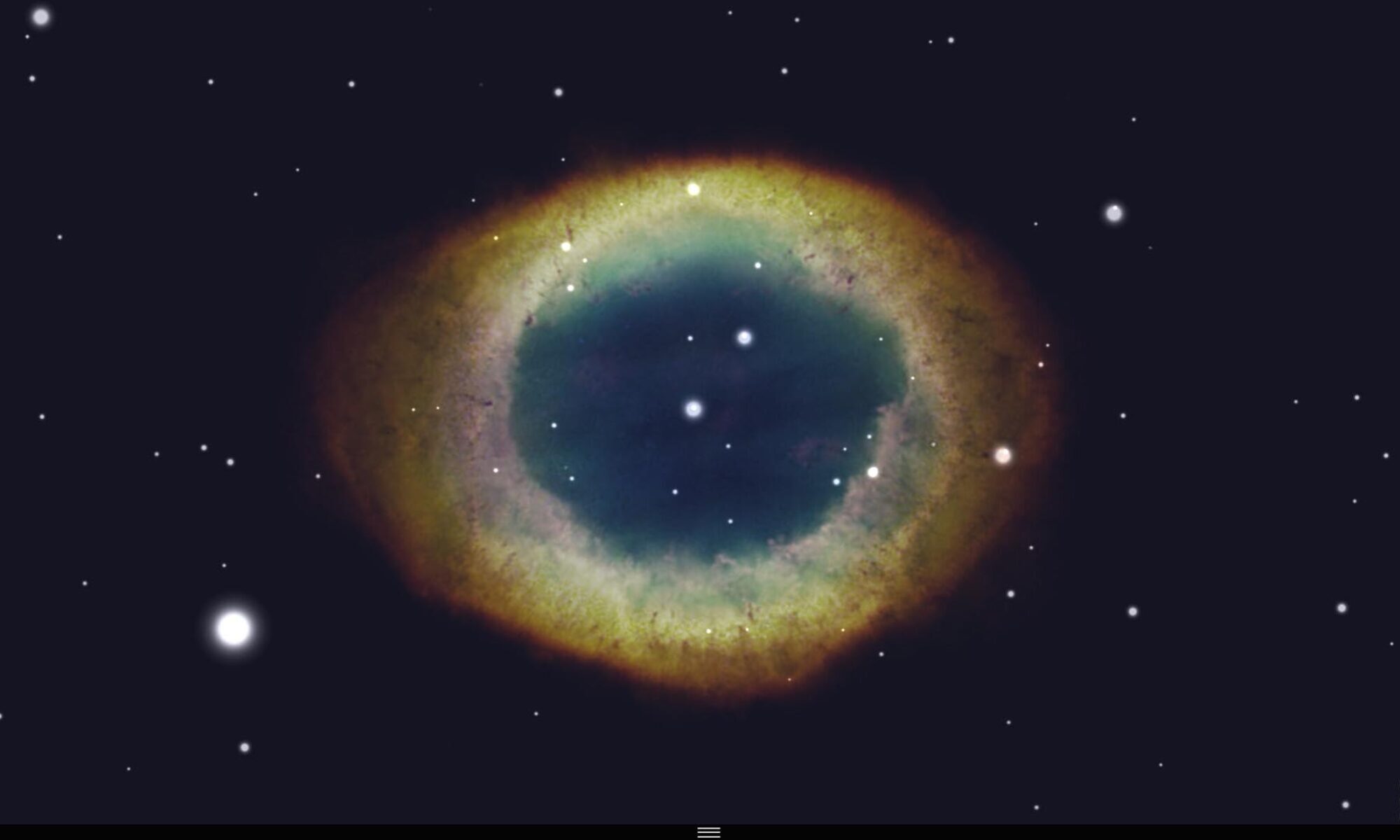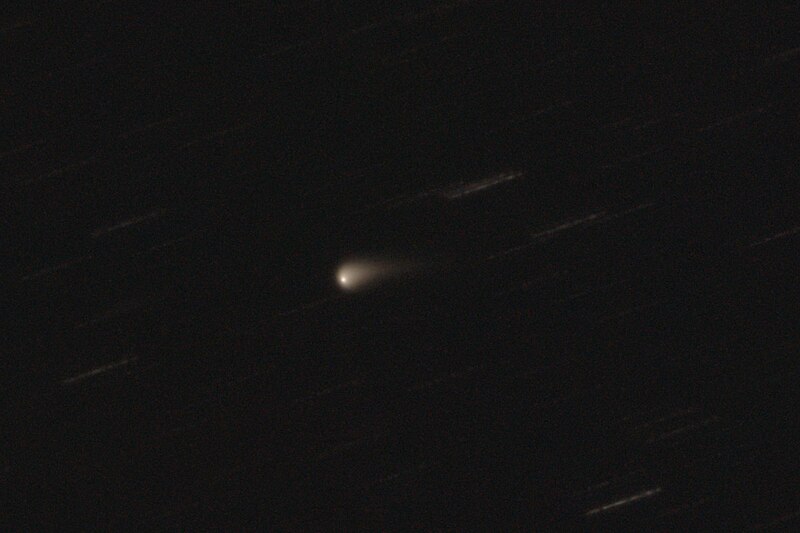The comet Tsuchinshan-ATLAS (full name – C/2023 Tsuchinshan-ATLAS) is an Oort cloud object discovered on January 9, 2023 by the Tsuchinshan (Purple Mountain) Observatory, located on the eponymous mountain near Nanjing in the People’s Republic of China. On February 22, 2023, it was independently discovered by the South African telescope of the ATLAS robotic system, part of the South African Astronomical Observatory (Sutherland, RSA).
In images taken on February 22 the asteroid-like object had a magnitude of +18,1, at that time it was at a distance of 7,3 AU (1,09 billion km) from the Sun. After initial calculations of its orbit, it was discovered that this is the same object that was reported to the Minor Planet Center from the Tsuchinshan Observatory on January 9, 2023. At that time, the object had a magnitude of +18,7. After receiving a message from the Tsuchinshan Observatory, it was added to the list of objects awaiting confirmation. But since no further observations followed, on January 30 it was excluded from this list and was considered lost. According to accepted objects naming conventions, the comet includes the names of both observatories. It was subsequently found in images taken on December 22, 2022 by the Zwicky Transient Facility at the Palomar Observatory; its magnitude was of +19,2…+19,6.
Brightness estimates showed that during perihelion its brightness will be equal to a magnitude of +3, and the comet will reach its maximum brightness in about 3 weeks, in mid-October. Gideon van Buitenen estimated that during perihelion the brightness will reach a magnitude of +0,9, and its maximum value – during its closest approach to Earth – will be -0,2.
At the moment, the comet is moving in a westerly direction and is in the Virgo constellation, almost at the border with Leo. It will enter this constellation late in the evening of June 14 (UTC). After which it will disappear in the rays of the Sun until the end of September. Early in the morning on August 10, it will enter into the Sextant constellation. On September 27, 2024, the comet will pass perihelion, its westward movement will stop, and it will begin to move eastward at high speed, up to 5,6 degrees per day. Already at the end of the day of September 28, the comet will return to the Leo, and on October 4 it will return to Virgo. On October 12, the comet will be at its closest distance from Earth – 0,472 AU (70,6 million km). After this, it can be observed in the evening sky after sunset. According to calculations, in mid-October the brightness of the comet will be maximum and comparable to the brightness of Vega. It is assumed that due to the Seeliger effect, the brightness may jump to a magnitude of -4. It is also expected that an anti-tail will be visible, which will only enhance the spectacle. The comet will be visible to the naked eye until mid-November.
A sufficiently large perihelion distance means that the comet should not be torn apart by tidal forces, and it will most likely survive its approach to the Sun. On the other hand, observations show that in May the increase in the brightness of the comet stopped and began to lag behind the calculated one. Perhaps the comet lost all its reserves. Then its maximum brightness will reach only a magnitude of +4. So will we see a new Big Comet in October? We will find out about this very soon.
Author: Sergey Telukhin
Source: https://en.wikipedia.org/wiki/C/2023_A3_(Tsuchinshan-ATLAS)





